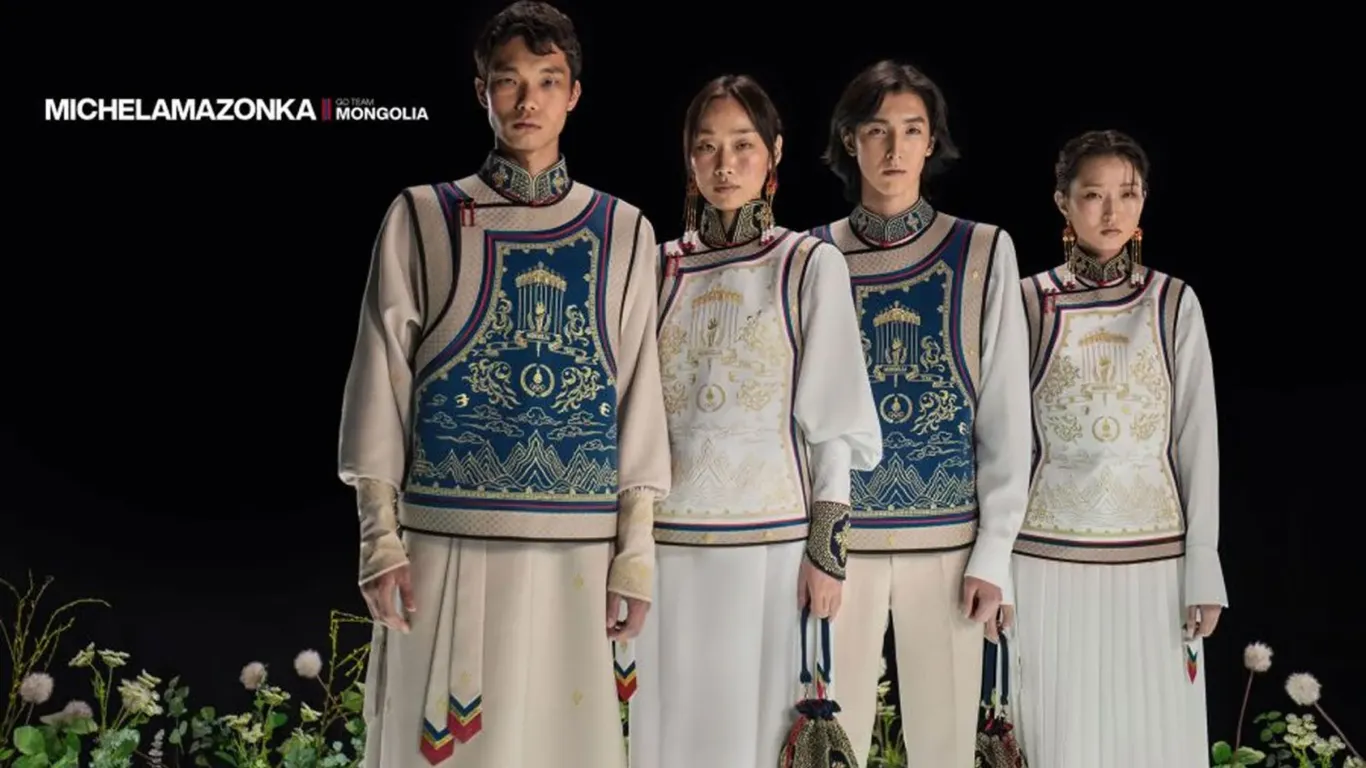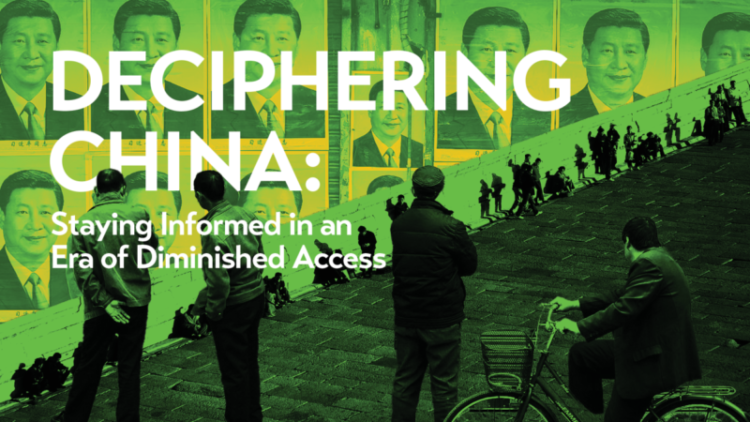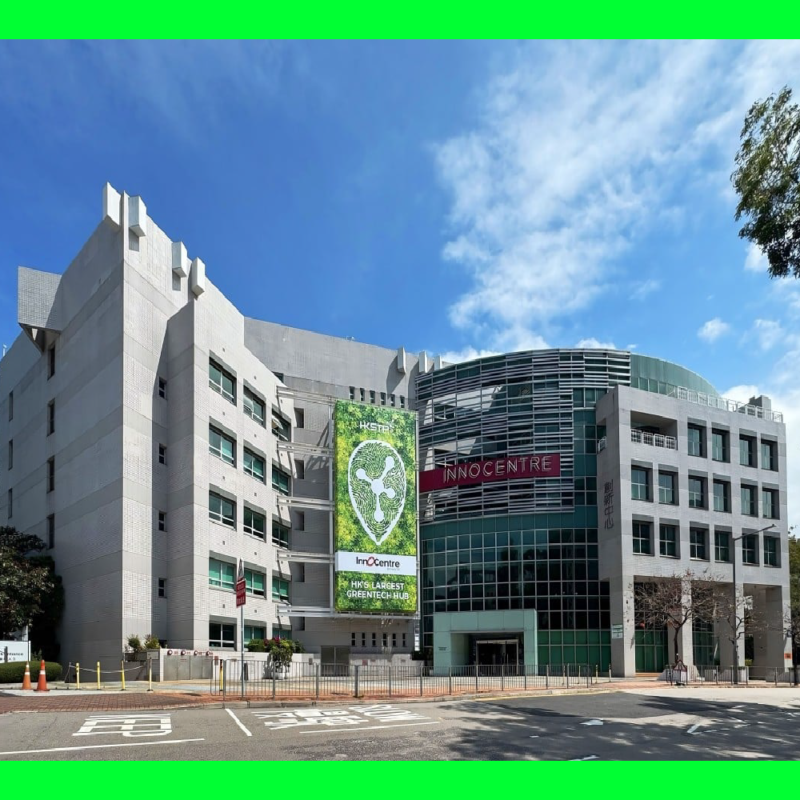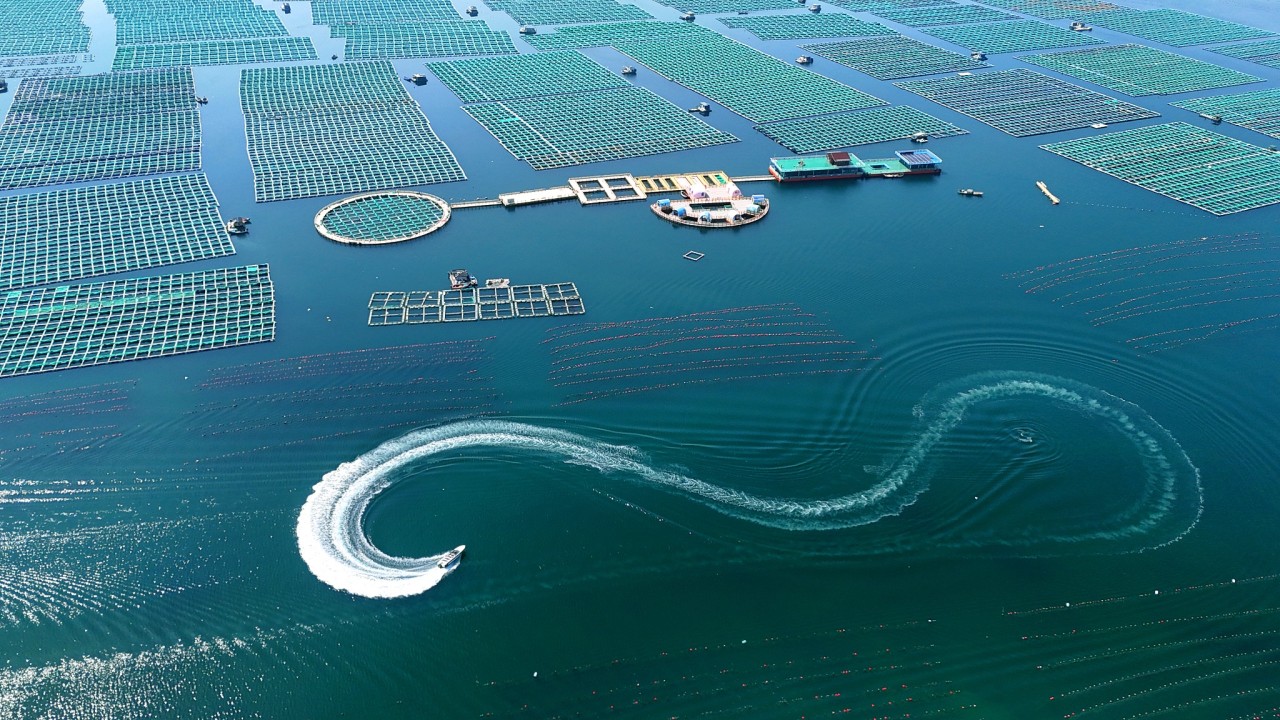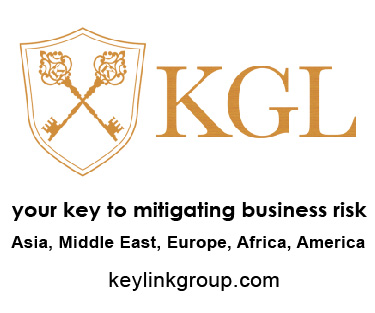Highlighting cultural and symbolic aspects of the uniforms. Emphasizing their significance beyond mere fashion.
As the 2024 Paris Olympics heats up, so too are the fashion on the fields. Mongolia’s homegrown uniform creations are turning heads for the opening and closing ceremonies of the 2024 Olympic Games in Paris.
Paris boasts a long heritage as the fashion capital of the world – creativity in colours, form and storylines, precision workmanship, and natural fabrications. This year’s 2024 Paris Olympics is as much about culture as it is about sport. Collaborating together to celebrate the differences, for all the good.
MONGOLIA: Michel & Amazonka 2024 Olympic uniform designers
Fashion and Accessories designers label Michel & Amazonka, are sisters based in Ulaanbaatar, the capital of Mongolia. This is the third Olympics they have designed uniforms for.
The brand offers two distinct styles for each gender, showcasing traditional ‘deels’ —long, loose-fitting robes that are not only practical for horseback riding but also deeply rooted in Mongolian heritage.
These robes are complemented by ornate vests featuring intricate nature embroidery, symbolising the connection to the natural world. The cone-shaped hats, adorned with 32 stitches, represent the unity of the 32 tribes, highlighting the importance of community and cultural identity. The ensemble is completed with Mongolian boots, or Gutals, characterized by their upturned toes, which are designed for both functionality and cultural symbolism. Additionally, for women, the brand includes accessories such as earrings and handbags, further enriching the traditional attire with elements that reflect Mongolian artistry and craftsmanship.
Michel & Amazonka Dazed interview on the detailing and symbolism.
Michel & Amazonka: On the vest, we embroidered the Nine White Banners, the Olympic torch, plus floral patterns and mountains . This expresses the following meanings:
Our Naadam begins when the Nine White Banners enter the stadium, symbolising peace and unity, The World olympics begins when the torch is lit. This represents the beginning.
Birds: We use bird motifs to represent freedom and aspiration, possibly embroidered on the shoulders or along the hems.
Mountain and sky: We incorporate motifs of mountains and the sky, symbolising Mongolia’s vast landscapes and natural beauty subtly throughout the design. The athletes strive to win gold like the mountaineers climbing Everest, which is the meaning of the mountain embroidery. This represents the hard work and resilience of the athletes.
National colours: We use the national colours of Mongolia – blue, red, and white. We incorporate these colours thoughtfully to ensure they are both striking and representative.
Accents: We use gold or silver threads for the embroidery to add a touch of elegance and prominence.
The athletes strive to win gold like the mountaineers climbing Everes, which is the meaning of the mountain embroidery. This represents the hard work and resilience of the athletes.
Held annually in July, the Naadam festival is the Olympics for all Mongolians.
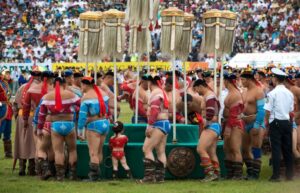
Wrestlers circle nine flags decorated with white horse tail hairs, which symbolise the power and strength of the state. (Photo © Miguel Candela)
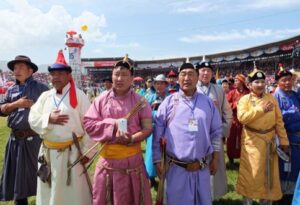

Mongolia is renowned globally for their high-quality cashmere fabrics, their hand-stitched Yurts, Genghis Khan as the most famous warrior of all time, movie-making pristine locations, and their Naadam annual sporting event of archery, horse riding, and wrestling – held over 8 days annually in the Gobi Desert.
The three games of wrestling, horse racing, and archery are recorded in the 13th-century book The Secret History of the Mongols. During the Qing dynasty’s rule, Naadam became a festival officially held by sums. It began to be held annually in 1639 with a dance festival dedicated to the High Saint Zanabazar.
In 2010, Naadam was added to the UNESCO List of the Intangible Cultural Heritage of Humanity.
The Mongolian government declared 2023-2025 the “Years to Visit Mongolia.” As part of the campaign, travelers from an additional 34 nationalities can visit Mongolia visa-free for up to 30 days. The addition of several European countries as well as Australia and New Zealand brings the total number of countries and territories on Mongolia’s visa-exempt list to 61.





